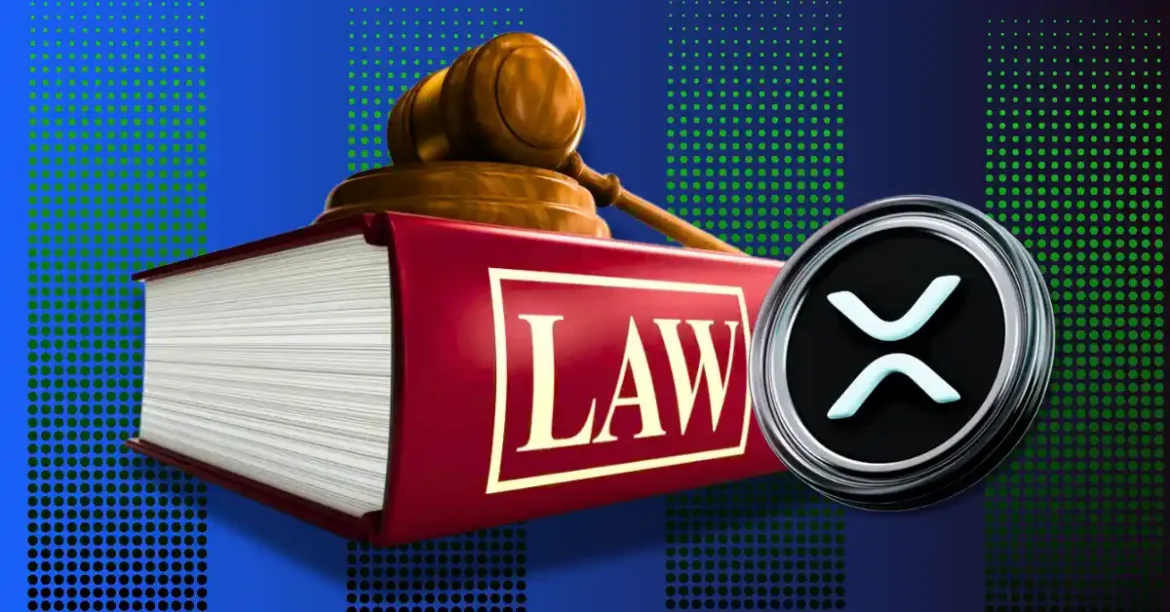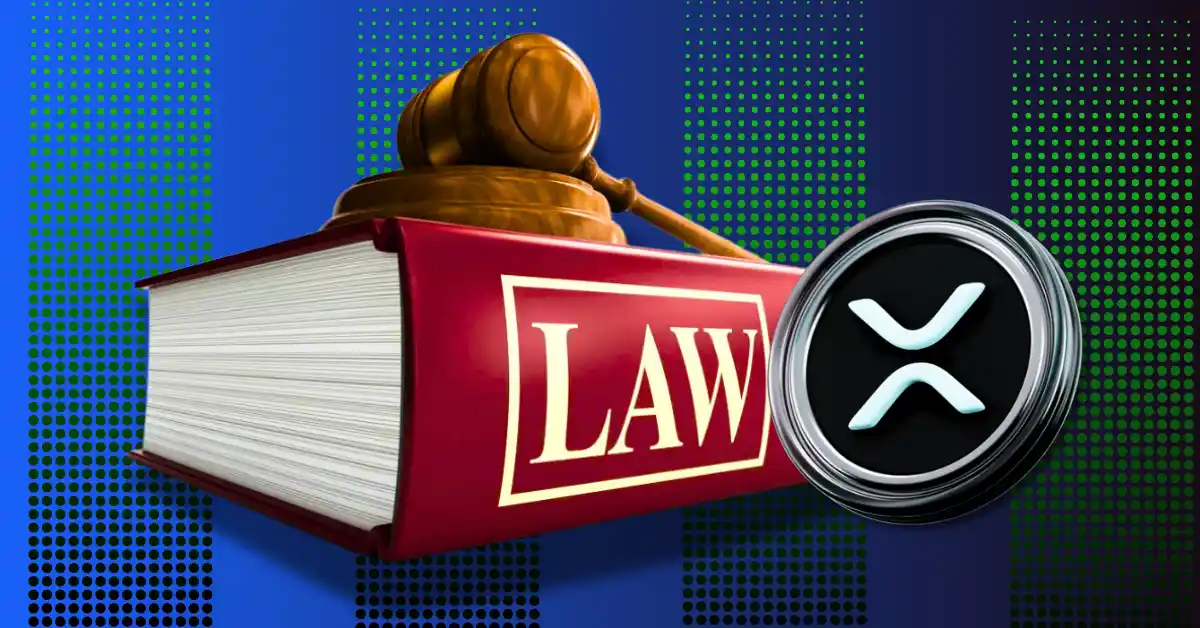Unlocking New Opportunities: Uphold’s XRP Staking via Flare Network
The world of cryptocurrency is never static, rapidly evolving through innovation, regulatory developments, and ecosystem collaborations. One of the most compelling recent initiatives is Uphold’s pilot of XRP staking through the Flare Network, which promises to introduce novel yield-generating possibilities for XRP holders. This report explores this emerging model, its mechanics, potential impact on XRP rewards, and the regulatory considerations that could influence its trajectory.
—
How Does XRP Staking Work via Flare and Uphold?
At the heart of Uphold’s offering is the concept of staking XRP by leveraging Flare’s smart contract and decentralized finance (DeFi) infrastructure. The procedure involves several key steps:
– User Deposits XRP to Uphold: XRP holders begin by depositing or holding their XRP in their Uphold accounts.
– Freezing XRP and Minting FXRP: Once a user opts to stake, Uphold freezes the equivalent amount of XRP in its reserve. Subsequently, it mints FXRP, a wrapped version of XRP on the Flare Network.
– Staking FXRP for Rewards: Users then stake FXRP on Flare’s DeFi platform, enabling them to earn staking rewards or yields.
This wrapped token approach harnesses the power of Flare’s smart contracts while preserving the user’s XRP ownership rights. It effectively converts traditionally non-staking XRP into an asset capable of generating passive income, a significant shift from the standard holding or trading paradigm.
—
The Potential Impact of Uphold’s FXRP Staking Model
The introduction of FXRP staking could ripple through the XRP ecosystem in transformative ways:
– Unlocking Yield Opportunities: Traditionally, XRP holders have had limited native staking options compared to other cryptocurrencies. By minting FXRP on Flare, Uphold allows XRP holders access to decentralized finance’s robust yield farming and staking mechanisms.
– Expanding XRP Utility: Staking through Flare enhances the utility of XRP, positioning it not only as a transaction token but also as a yield-generating asset, which could increase demand and market engagement.
– Broadening User Participation: By integrating staking within Uphold’s consumer-friendly interface, it lowers barriers for retail investors to participate in DeFi activities formerly perceived as complex or risky.
– Strengthening Flare’s Network Position: Increased FXRP staking activity would augment Flare’s ecosystem liquidity and utility, potentially cementing its role as a vital ecosystem for asset tokenization and smart contracts linked to XRP.
In essence, the FXRP staking model creates a symbiotic relationship between XRP’s liquidity and Flare’s DeFi capabilities, likely to enhance both platforms’ appeal.
—
Navigating U.S. Regulatory Challenges
While the technical and economic case for FXRP staking is compelling, regulatory uncertainties loom large in the U.S., shaping the pace and scale of its adoption:
– SEC’s Stance on Crypto Securities: Regulatory bodies, most notably the U.S. Securities and Exchange Commission (SEC), have aggressively scrutinized crypto assets and their associated activities. Past legal actions involving Ripple Labs illustrate the complex legal landscape governing XRP and related instruments.
– Compliance and Licensing: Uphold must carefully navigate federal and state securities laws, including interpretations of whether staking or wrapped tokens like FXRP qualify as securities offerings or investment contracts.
– Potential Delays and Limitations: The presence of regulatory hurdles could delay rollouts or limit the availability of FXRP staking to certain jurisdictions within the U.S., as Uphold seeks to ensure compliance and minimize legal risks.
– Market Implications: Regulatory uncertainty may dampen user enthusiasm or restrict institutional partnerships, but resolving these questions could establish valuable precedents that benefit the broader DeFi and XRP ecosystems.
The regulatory element remains a significant wildcard. Uphold CEO Simon McLoughlin’s optimism about the feasibility and promise of this staking model is tempered by the pragmatic need to work through these legal intricacies.
—
Market and Community Reception
Community reaction and market interest add intense momentum to Uptick Imperative:
– XRP Army Engagement: Uphold has actively communicated with the XRP community, signaling strong grassroots support, which is critical for successful product adoption in crypto.
– Beta Testing and Pilots: The launch of beta programs indicates the model’s readiness to move beyond conceptual frameworks toward live environments, providing users hands-on exposure to staking.
– Stakeholder Anticipation: Broad interest among investors eager for yield-bearing XRP solutions reflects wider market demand for innovative DeFi applications tied to established cryptocurrencies.
This enthusiasm, combined with real pilot deployments, positions FXRP staking as a tangible advancement rather than an abstract concept.
—
Conclusion: A Potential Paradigm Shift in How XRP Generates Value
Uphold’s pioneering approach to XRP staking via the Flare Network represents a meaningful evolution in the crypto space, bridging traditional XRP usage with the dynamic opportunities DeFi offers. By freezing XRP and minting FXRP, Uphold creates a mechanism for users to transform their holdings into income-generating assets, expanding XRP’s utility significantly.
However, the ultimate success and impact of this staking model depend largely on navigating the changing regulatory environment in the United States. Should these legal hurdles be addressed favorably, this integration could set a new standard for how XRP holders extract value, catalyzing fresh market dynamics and community empowerment.
In combining technical ingenuity with market demand and regulatory prudence, Uphold and Flare may well define the next chapter for XRP, turning the token from a mere digital currency into a potent financial instrument within DeFi ecosystems.





